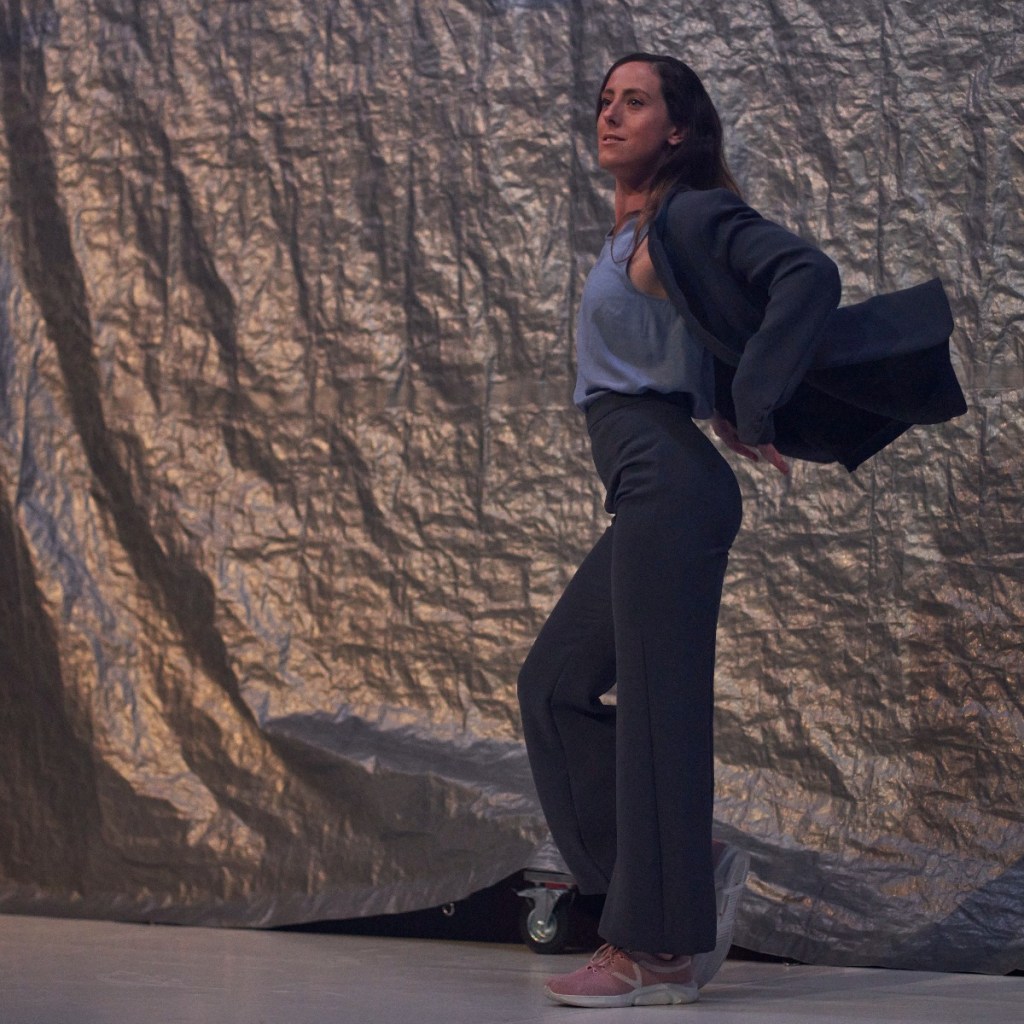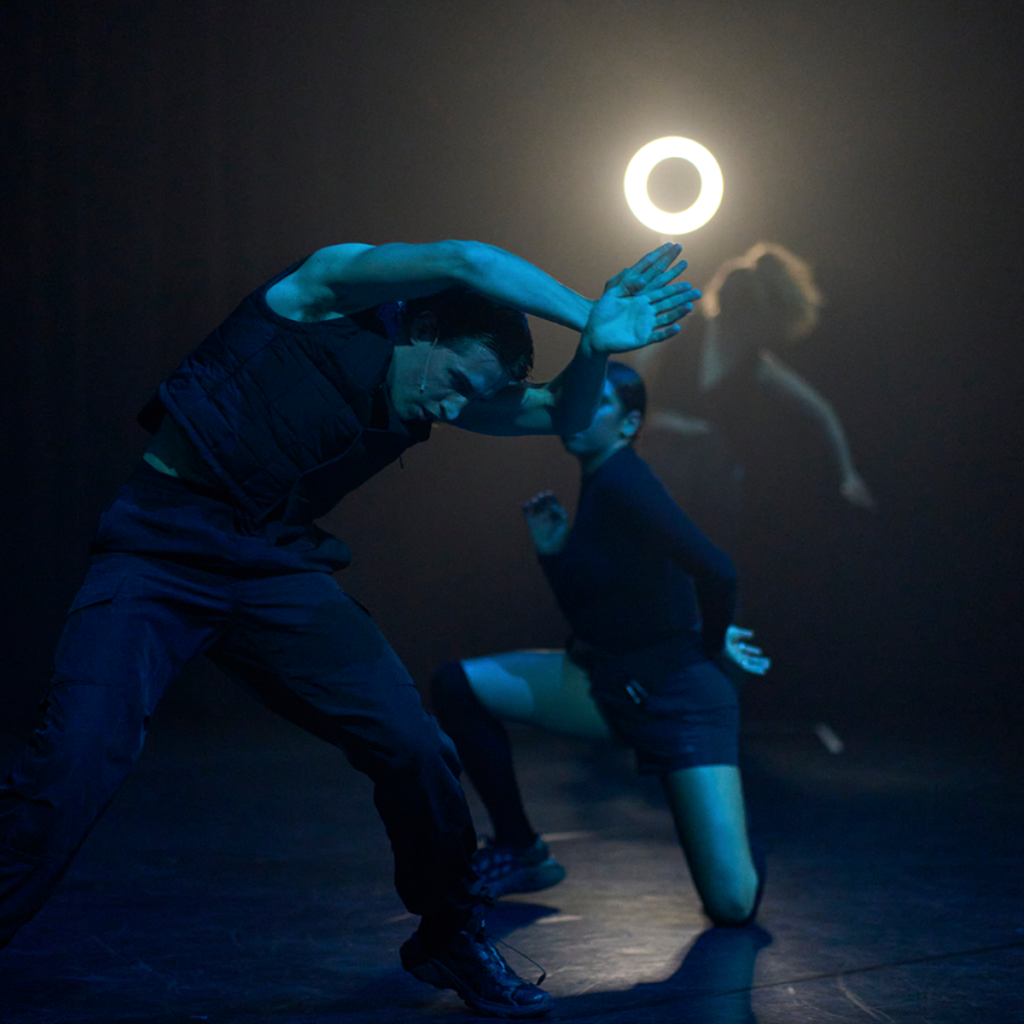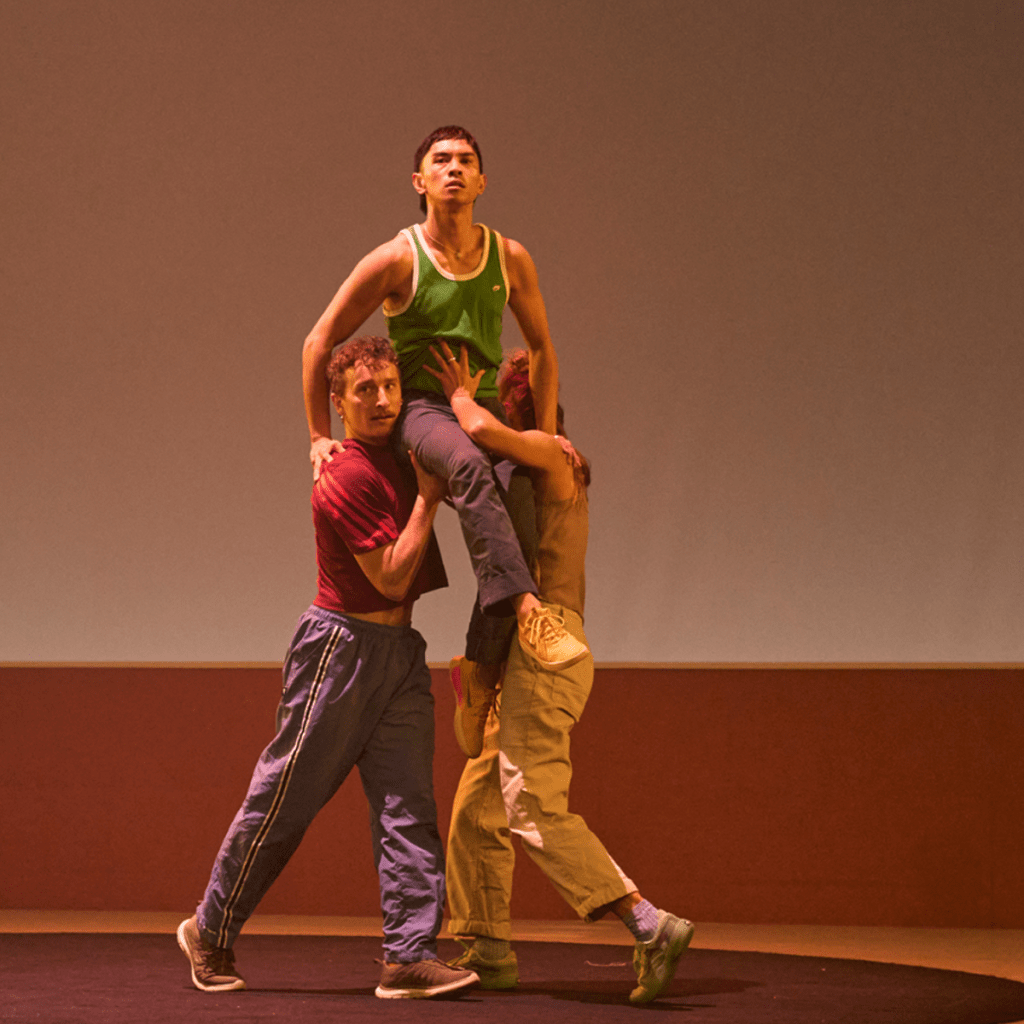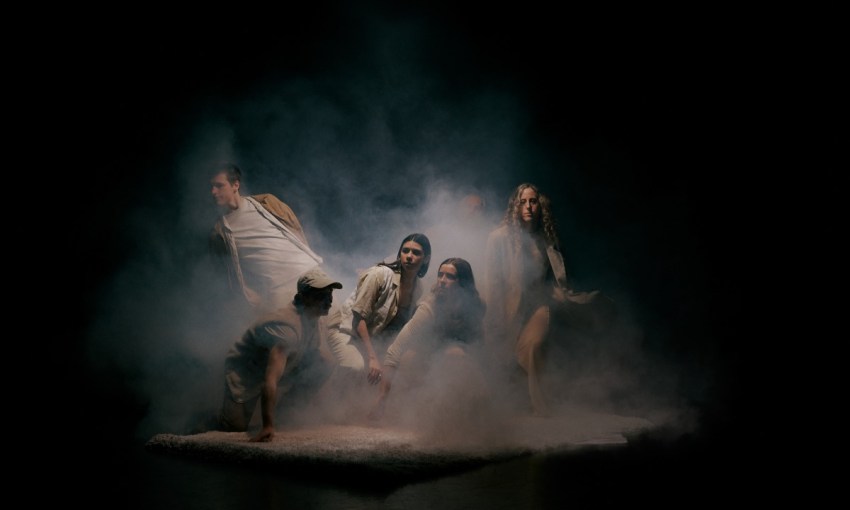Meet the second half of Australian Dance Theatre’s ensemble.
Meet the dancers cracking open our identity in Marrow
Australian Dance Theatre’s history has been marked by innovation, boundary pushing and fierce artistic ambition.
The company, which is the oldest continuing contemporary dance company in Australia, has always broken new ground. Bridging the gaps between art and technology, Australia and the rest of the world, and artists and audiences.
Marrow premieres at The Odeon Theatre from 13 – 17 March as part of the 2024 Adelaide Festival.
Tickets available here
In 2022, the company broke new ground again when it appointed its first First Nations artistic director, Wiradjuri artist Daniel Riley. Riley’s time with the company has been dedicated to unravelling Australia’s dominant cultural narratives, positioning ADT as a cultural lightning rod committed to exploring the changing nature of Australian identity through its work.
At the centre of all of this is the company’s ensemble of dancers, who are currently in the process of cracking themselves open for the world premiere of Marrow at the Adelaide Festival. After meeting half of the company last week, CityMag joins the company in rehearsals to get to know the full ensemble.
BRIANNA KELL

Tell us a bit about your practice and what led you to ADT?
I’ve always loved choreographing. I love making worlds and building environments for exploration. That turned into sharing and collaborating with different people and mediums and pulling in art, music and theatre.
I met Dan when we were both tutoring in dance at Victorian College of the Arts in Naarm, and when he became the artistic director he asked me to join the company.
You’ve just been appointed as the company’s artistic associate – what does that role entail and how does it interact with audiences?
What drew me to ADT was the sense of generosity that Dan exudes as an artist.
I’m super thrilled to move into the artistic associate role after being a dancer with the company. It’s been a great experience working so closely with everyone and I think of the role as a conduit between the dancers, Dan and the company and how we can keep building communication as we build work. I’m really excited to learn and keep growing.
And that goes for audiences, too. Sometimes dance can feel intimidating but there’s no right way to view dance. It’s about engaging with storytelling in a physical form and you can engage with it in your own way – just like with any art.
The doors are always open at ADT and we’d love to see you.
What can people expect from Marrow?
Marrow is a really thoughtful work that deals with a lot of the historical inaccuracies that have been fed to us as Australians. There’s been such disconnection in our community, particularly in the last year. Marrow is about us actively talking about issues that have been silent and continually engaging with different forms of knowledge that bring us together.
Marrow doesn’t shy away from difficult topics, but the work is really hopeful.
PATRICK O’LUANAIGH

Patrick O’Luanaigh in CULTIVATE ONE
What led you to ADT?
Dan was my teacher at VCA and I did a secondment here in my third year and I was invited to be a guest artist on THE HUM last year, and then I joined the company.
I’m still emerging as an artist and am at a really early stage in my practice. It’s growing here at ADT and I’m learning in a space that’s different to an educational institution.
How is ADT different?
I think there’s a real effort and drive for care in a way that prioritises the people as opposed to the product and the art. Which I think is really commendable but also, I think, always makes better work. It makes the process, our contribution and the work feel very meaningful.
ADT is telling stories about Australia that haven’t always been told on our stages. To see a company with the history and platform like ADT make work from a First Nations perspective is exciting. It feels urgent and relevant, especially right now.
How can audiences approach a work like Marrow?
We’re still in the early stages of finding the work. There’s a really interesting cross between the spiritual and political and how they can reconcile… I find that really fascinating. Like, in a world where things feel very intellectualised, to come at something from a more spiritual perspective, or a place of feeling, is really interesting.
It’s a different way of thinking about things… which is kind of how dance operates. So, for audiences it’s like… everyone knows dance is weird and that’s okay. Being comfortable with uncertainty is good for dance. Don’t feel like you need to get it or that other people totally get it. It’s about being comfortable with abstraction and trusting that what you’re feeling is the right thing.
ZACHARY LOPEZ

Zachary Lopez in SAVAGE
Can you tell us about your practice and what led you to ADT?
I was working as an independent artist for eight years before starting with ADT. And my work is about wanting to explore the duality in my identity, being Australian and Pilipino. Creating in that space led me to want to work with intercultural dance theatre companies or those that have diverse voices. Companies like ADT are making work that excites me as a dancer and as a choreographer.
In Dan’s first work, SAVAGE, we looked at the differences between Western and First Nations dance, and history and storytelling and looking at how we meld them together. The work feels unique.
The company’s drive in making work that leads cultural change is really exciting. It’s something I strive towards in my own practice, but also something that I love to support as a company artist here at ADT.
Can you tell us about Marrow?
While we’ve been making the work, all of the dancers have brought in texts as provocations about what makes up Australia as a society, and they’ve all been really different. Pat brought in the stage theatre adaption of Picnic at Hanging Rock, I brought in a journal article about a settler woman in mid colonial 1800s spending time on Wiradjuri country and I thought about different historical perspectives as they relate to gender and different points of view.
Marrow is a really intimate work. We’re up close with the audience. Even with the title of Marrow we’re asking audiences to think deeper. To look at the world, and themselves, with a microscope while also looking at Australia and political history.
Marrow is about how these things are connected and audiences will look inward, too. I guess it is about challenging points of view, but also about how dance can open possibilities to think differently.
How can audiences approach a work like Marrow?
I think dance is naturally very accessible. It incorporates so many exciting elements and aesthetics: lighting, music, movement… you can sit and read the program and take something from that, but it’s also about the experience.
You can get so much out of a work just by experiencing it.




